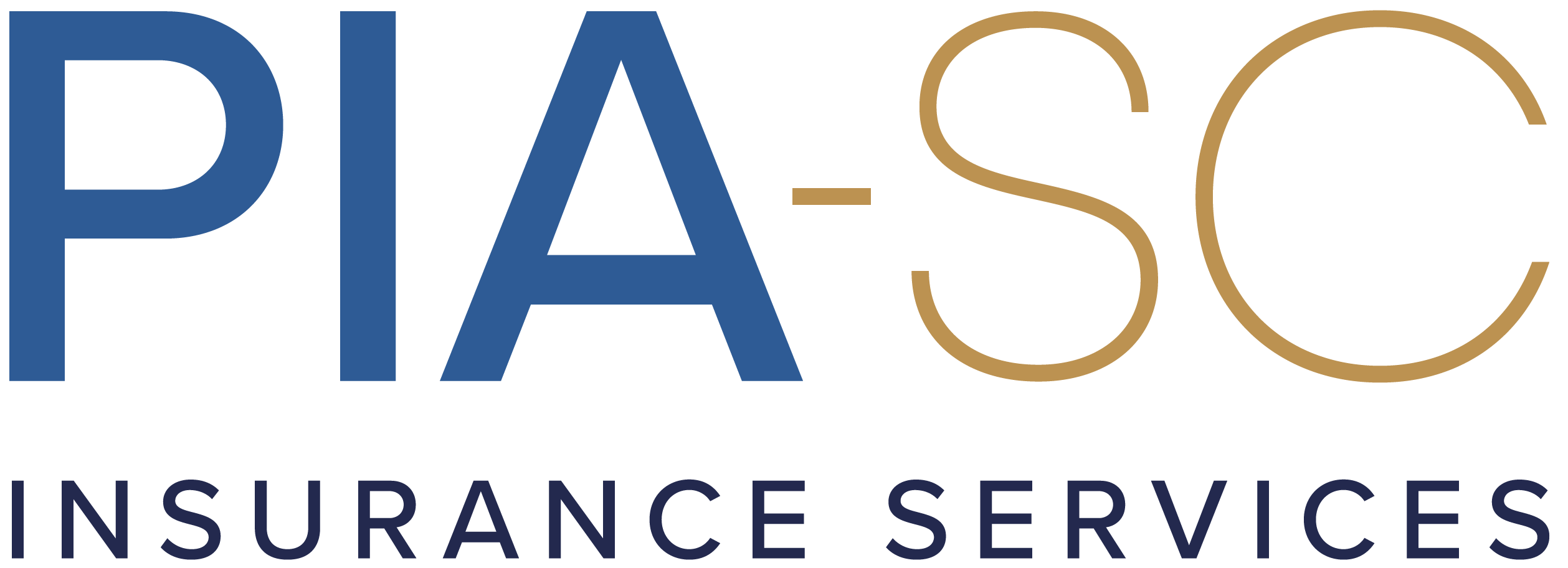 Lowering your Experience Modification Rate is a long process that starts with a safety plan, actionable steps to improve safety, and training to ensure that employees are safe on the job. You will need to set realistic goals and work tirelessly alongside employees and managers to lower the frequency and severity of injuries.
Lowering your Experience Modification Rate is a long process that starts with a safety plan, actionable steps to improve safety, and training to ensure that employees are safe on the job. You will need to set realistic goals and work tirelessly alongside employees and managers to lower the frequency and severity of injuries.
Contractors have options for improving (i.e. reducing) their EMR and reducing their premiums, starting with effective safety training, risk and hazard identification, and on-going safety discussions. No injuries equals no claims. The rise of safety technologies is also helping contractors stay ahead of the curve by providing standard, digital information on incidents on a jobsite.
Here are some things to keep in mind:
- Meet with workers regularly to discuss jobsite safety. It’s essential that your organization does not get complacent when it comes to safety. A near-miss, for example, does not mean that your organization has effective safety practices that prevented an incident from occurring but rather that you were lucky. Each close call is an opportunity to take stock, gather your project crews, and develop more tailored safety programs. Implement stretch-and-flex “huddles” on the jobsite each morning and use that time as an opportunity to reinforce key safety messages and practices.
- Adopting safety technologies at the jobsite. By notifying designated personnel to safety incidents as they occur, contractors can improve injury response time and reduce the risk of compounding injuries. You can also reduce evacuation drill time by up to 72% with a 100-decibel, flashing light alarm that overcomes language barriers. By strengthening existing evacuation procedures, contractors can minimize the risks – and potential claims – that can arise in an emergency situation.
- Develop return-to-work programs that help workers recover and return to the jobsite. A return-to-work program allows injured, sick, or disabled workers to return to their jobs as soon as they are released by their physicians. These programs are company- and job-specific, and they often entail modification of a worker’s original job duties to keep him or her working until he or she can return to the original job. These programs help construction companies save money by reducing the cost of disability claims and cutting out the training time and costs associated with hiring new employees. When employees can return to their original wages more quickly, they no longer rely on their disability payments. What’s more, workers who remain on the job – even in different positions to accommodate their needs – keep their skills up-to-date.
© Copyright 2020. All rights reserved. This content is strictly for informational purposes and although experts have prepared it, the reader should not substitute this information for professional insurance advice. If you have any questions, please consult your insurance professional before acting on any information presented. Read more.
